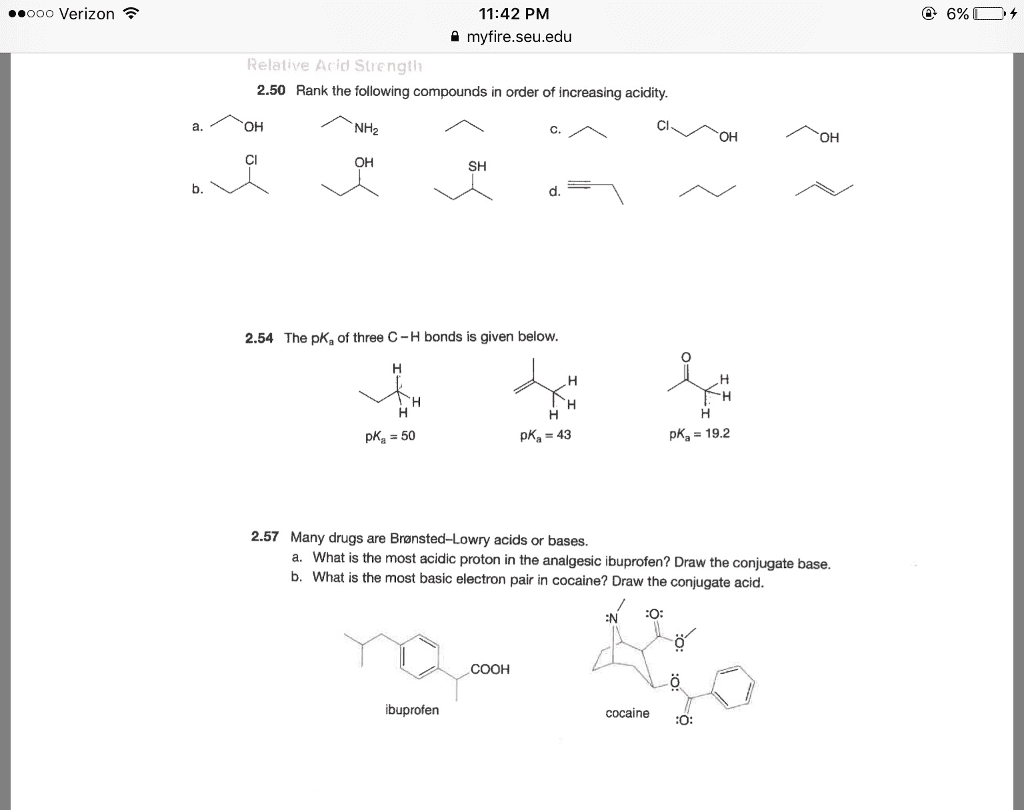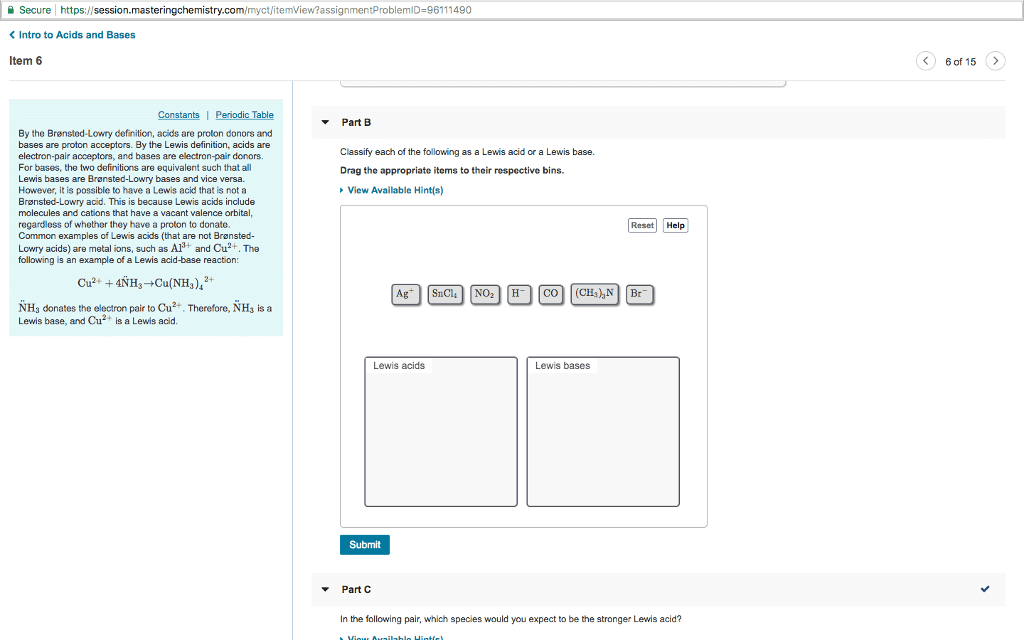CHEM 0310 Lecture Notes - Lecture 2: Nucleophilic Substitution, Methylene Group, Lewis Acids And Bases
Document Summary
Chapter 2: kinetics and thermodynamics of simple chemical processes. An acid is a proton donor and a base is a proton acceptor (bronsted-lowry) An acid donates protons to water, forming hydronium ions, whereas a base removes protons, forming hydroxide ions. In dilute aqueous solutions, we use the acid dissociation constant (ka) = [products]/[reactants] = moll-1. The pka is the ph at which the acid is 50% dissociated (strong acid<1; weak acid>1) The dissociation of a strong acid is very favorable while the reverse reaction is not. The dissociation of a weak acid is unfavorable while the reverse reaction is favorable. Increasing the number of electronegative elements, increases acidity. Increasing the size of a (down a column), increases acidity. Lewis acid is a species that contains an atom that is at least two electrons short of a closed outer shell (electron acceptor) Lewis base contains at least one lone pair of electrons (electron donor)



